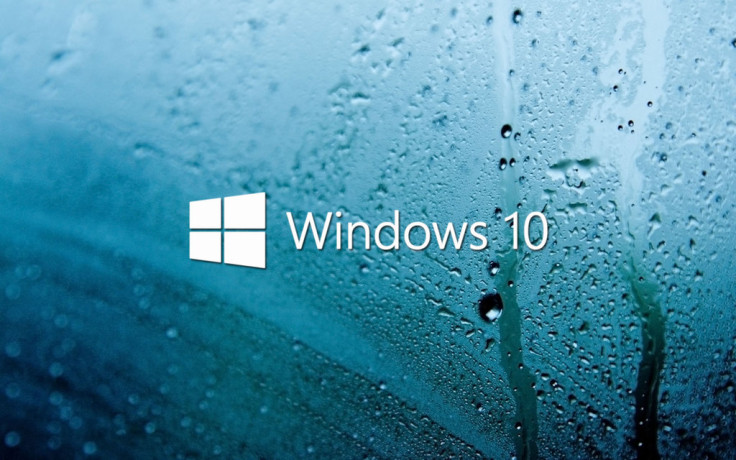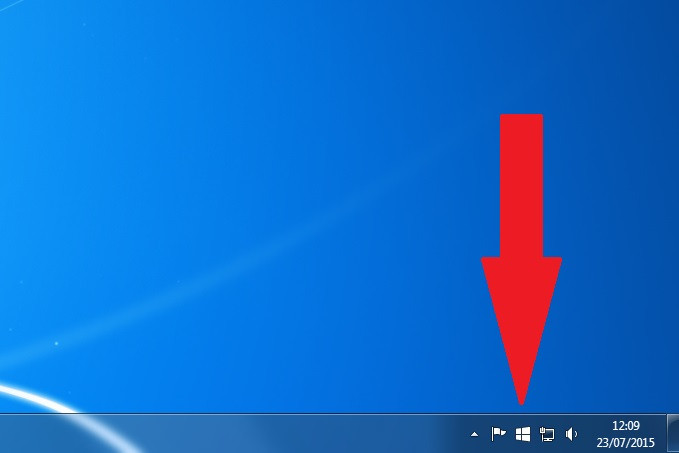How to upgrade to Windows 10: Guide to installing Microsoft's new OS from Windows 7 and 8

After the PR disaster that was Windows 8 and its 'Modern UI', Microsoft has decided to skip a number to distance itself and go straight to naming its new operating system Windows 10.
Learning from the failures of Windows 8, Windows 10 will see a return of the classic Start Menu, as well as new features like the Cortana personal assistant.
Ahead of its roll-out on 29 July, IBTimes UK has compiled a complete guide to upgrading your system to Windows 10.
What are the minimum requirements for Windows 10?
PC users with a licensed copy of Windows 7, Windows 8 and Windows 8.1 are all eligible for a free upgrade to Windows 10. Everyone else will need to pay for it.
It's worth noting that the opportunity to use the free upgrade option only lasts for one year, beginning 29 July, 2015.
In terms of hardware, PCs or tablets will need to have all of the following:
- A 1GHz processor or faster;
- 1GB of RAM for 32-bit machines or 2GB for 64-bit machines;
- 16GB of hard disk space for 32-bit machines or 20GB for 64-bit machines;
- A DirectX 9 graphics card or later, with a WDDM 1.0 driver; and
- An 800 x 600 display or better.
New computers will start shipping with Windows 10 from 29 July. However, any machines shipped with Windows 7, Windows 8 or Windows 8.1 will be eligible for the free upgrade.
There are several versions of the operating system, including Windows 10 Home, Windows 10 Pro, Windows 10 Mobile, and Windows 10 Education.
Users can't choose which version they get for free; they will receive the equivalent of the version that they are currently running. For example, Windows 8.1 and Windows 7 Home Basic will upgrade to Windows 10 Home, while Windows 8.1 Pro and Windows 7 Professional will upgrade to Windows 10 Pro.
How to upgrade to Windows 10?
If you are using Windows 7 or Windows 8, you should be able to see a small Windows icon in the bottom right-hand corner of your screen (in the system tray). This is the icon for the Get Windows 10 app icon - if you don't see it, contact Microsoft.
Click on the icon and a window will pop up offering you the chance to "reserve your free upgrade".

To confirm your reservation you can enter your email address, otherwise just hold on tight and at some point after 29 July, a Windows Update pop-up will ask if you want to download Windows 10.
Microsoft estimates that it will take anywhere between 20 minutes and an hour to upgrade, depending on hardware specifications and internet connection, so make sure to take this into account when you download it.
After 29 July, Microsoft will begin notifying eligible devices that haven't already reserved Windows 10 that there is a free upgrade available.
Microsoft has assured users that all applications, files and settings will migrate to the new operating system as part of the upgrade, though if you're an early adopter it might be worth backing up all your files in case of any bugs.
Some programs may need to be uninstalled before the upgrade can take place, though the Get Windows 10 app will guide you through this when the time comes.
Having said all that, if you're happy with Windows 7 and don't feel the need to upgrade to Windows 10, Microsoft will be running extended support (security updates) for the older operating system until January 2020.
Windows 8 users are less likely to want to stick with their operating system, however those that do will have mainstream support until January 2018, and extended support until January 2023.
© Copyright IBTimes 2025. All rights reserved.






















